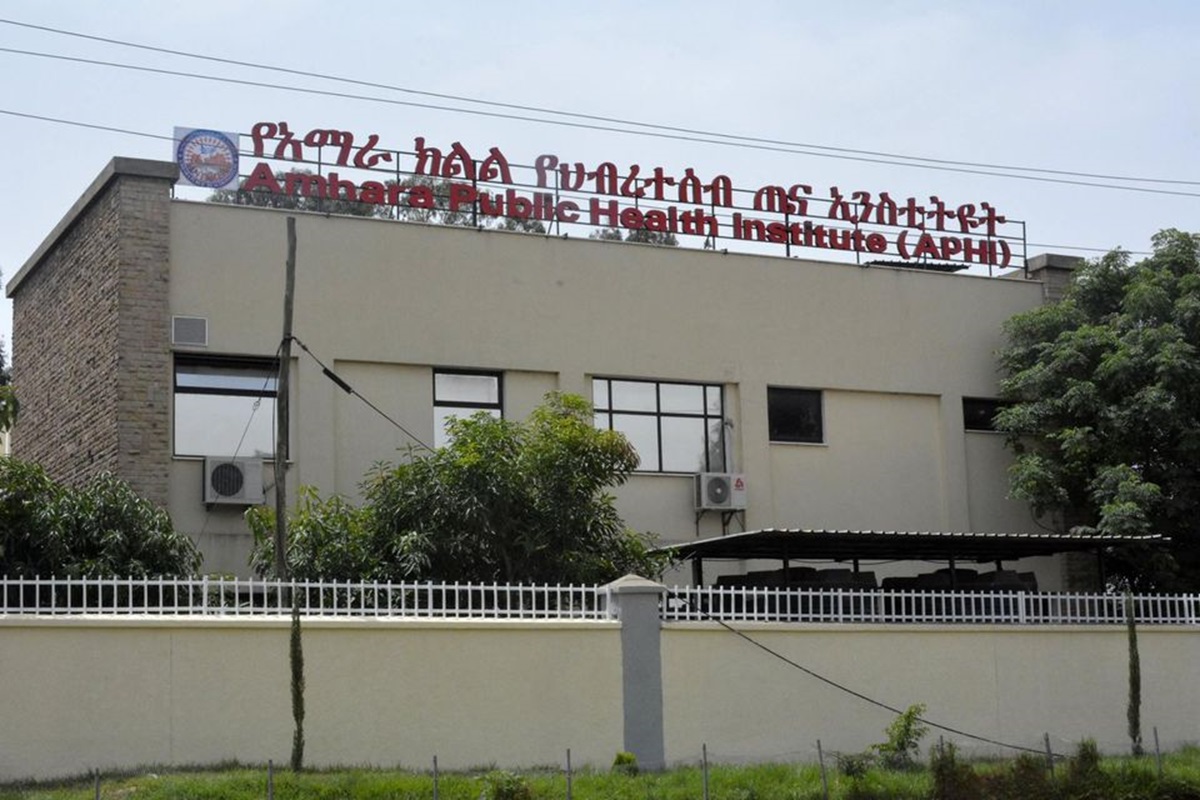Analysis: How conservation agriculture is helping Ethiopian farmers become more than subsistence farmers
CA-based practices are improving soil health and yields for Ethiopian smallholders
Sophie Reeve
Addis Abeba/Hawassa, August 03/2018 – Major factors limiting food production for smallholder farmers across sub-Saharan Africa include the depletion of soil fertility, soil erosion and periodic droughts due to climate change. In Ethiopia, crop productivity is further constrained by a lack of quality inputs such as improved seeds, and high prices of chemical fertilizers, which has resulted in low levels of technology uptake. Poor transport infrastructure also makes it difficult and expensive to get goods to markets. This combination of factors has led to a predominance of subsistence agriculture and low yields and incomes for Ethiopian farmers.
To improve production and increase the food and income security of smallholder farmers across eastern and southern Africa, the Sustainable Intensification of Maize-Legume Cropping Systems for Food Security in Eastern and Southern Africa (SIMLESA) project is working with over 235,000 farming households to help them apply ‘conservation agriculture’ (CA)-based practices. These techniques, such as crop residue retention, minimum soil disturbance and intercropping (or rotation) of maize and legumes have been found to simultaneously boost crop yields whilst enhancing soil health by increasing moisture levels, and reducing soil degradation.
Impacts for income
In Hawassa Zuria district, Yohannes Gudeta, a 30-year-old maize farmer, has been applying the SIMLESA-promoted CA-based practices for the past 8 years. Introduced to the project in 2010 by researchers from the regional agricultural research institute, Yohannes provided a small plot of land on which the CA-based practices could be demonstrated and managed jointly by the researchers and himself. After a year of experimentation on his farm, Yohannes noted an important difference in the health of his soil, “They intercropped maize and beans without plowing the land, and the residue was retained on the field. The land became more fertile and had better organic matter. Secondly, because of the residue, the soil maintained more moisture,” he explains.“Per hectare, my yields have increased by 2 tons and, at a minimum, I am earning US $500 more per hectare.”
Yohannes went on to adopt maize and bean intercropping, minimum tillage practices and crop residue retention across the entirety of his maize farm, which has not only helped to increase his yields, but has enhanced his nutrition and income security. “I used to grow only maize, but with the intercropping, my farm is more diverse,” says Yohannes, who also now grows enset. “Per hectare, my yields have increased by 2 tons and, at a minimum, I am earning US $500 more per hectare.”
Compared to using conventional farming methods, Yohannes has saved money and labor due, in part, to the retention of crop residues on his field which return key nutrients to the soil. “I plant earlier than others in my community who aren’t using the CA practices. I can plant everything all at once – and I only plow the field once – whereas my neighbors have to plow four times. I also use less chemical fertilizer because of retaining the residue.” With more time and money available to take up other income-generating activities, Yohannes has built a hotel-restaurant business in the local town, which is managed by his wife, Hanna. He started building the hotel 5 years ago and now employs 15 people as chefs, waiters, cleaners and guards.
Since adopting the CA-based practices, Yohannes Gudeta has more time and money to diversify his income sources
Problems with policy
However, according to Yohannes, implementation of CA practices has not been without its challenges, particularly with regards to the local livestock of neighboring farmers that are free to roam across his fields during the dry season and consume his crop residue. To address the problem of free-grazing on crop stubble, national and local policy should be redesigned, says Goshime Muluneh, researcher at the Ethiopian Institute of Agricultural Research (EIAR). Without the integration of CA within agricultural policy and increased extension support, Goshime is concerned that farmers will lose out on the opportunity to improve their food and nutrition security. “National policy needs to implement CA practices…if it promotes conventional agriculture practices, farmers won’t get the benefits… Without a policy change on free grazing, one of our doubts is that CA might not be scaled out,” he says.
Sustainability for SIMLESA?
Dr Eyasu Abraha, former Ethiopian Minister of Agriculture and Natural Resources, is hoping to address the concerns of local researchers and encourage the implementation of CA-based practices within national policy. At an external review meeting for SIMLESA held in Addis Abeba in March 2018, Eyasu voiced his backing for the project, stating that, “SIMLESA has recently developed a policy brief on scaling conservation agriculture-based sustainable intensification in Ethiopia. I would like to assure you of the implementation of the recommendations articulated in the brief. Land is a resource we inherit from our families… I have to protect it from rain and wind erosion and maintain the soil fertility, so we have to use these CA techniques.”
With increased governmental support, those working with farmers to implement the project are convinced of its positive impacts for the future, “SIMLESA is one of the best opportunities for a green economy and for future sustainable agriculture – it controls erosion and increases soil moisture,” emphasizes Mesele Haile, associate researcher at EIAR. Yohannes, as well as his neighbors who have also taken up intercropping, crop rotation and minimum tillage, is also confident in the benefits of CA and will continue to use the practices so that he can pass on a healthy farm to his children. “Land is a resource we inherit from our families… I have to protect it from rain and wind erosion and maintain the soil fertility, so we have to use these CA techniques,” he says. AS









